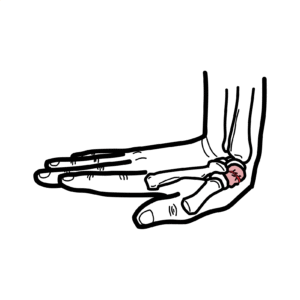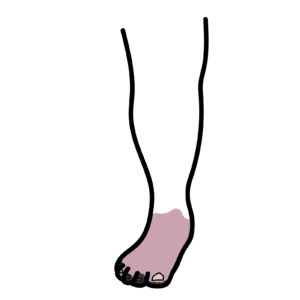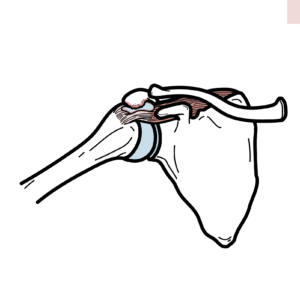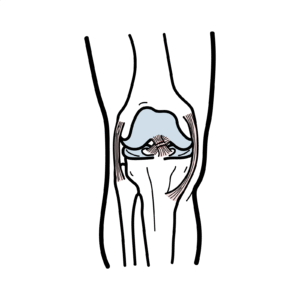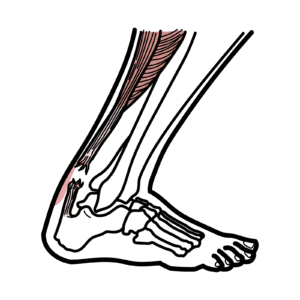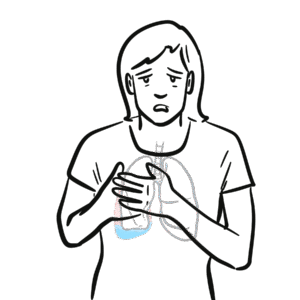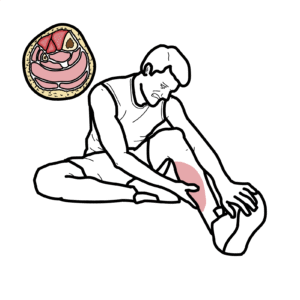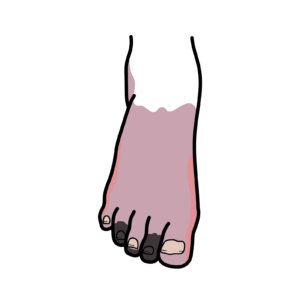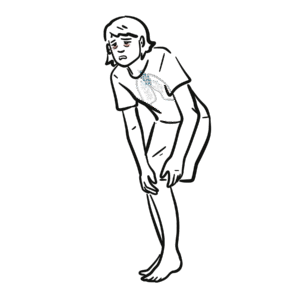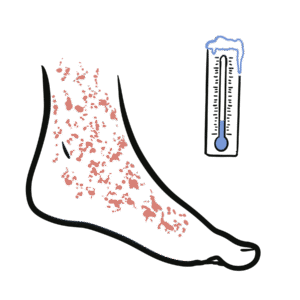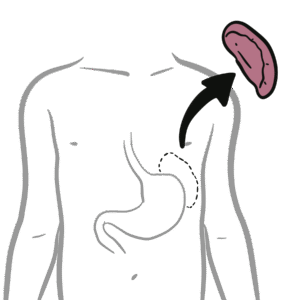Menstrual cycle – hormonal regulation and feedback mechanisms
Master the hormonal regulation of the female reproductive cycle with a clear, visual walkthrough of FSH, LH, estrogen, progesterone, inhibin, and the hypothalamic-pituitary-ovarian axis. This video explains the menstrual cycle’s two phases—follicular and luteal—while showing how gonadotropin-releasing hormone from the hypothalamus drives FSH and LH release from the anterior pituitary, and how ovarian hormones feedback to time follicle maturation, ovulation, and endometrial changes.
You’ll learn how rising estrogen from developing follicles first suppresses then, at high levels, triggers an LH surge that causes ovulation. See why only one follicle typically ovulates, how the ruptured follicle becomes the corpus luteum, and how the corpus luteum’s secretion of progesterone, estrogen, and inhibin maintains the luteal phase while suppressing further FSH/LH release. The video also clarifies hormone concentration graphs across a 28-day cycle, the roles of negative and positive feedback loops, and how falling progesterone and estrogen lead to corpus luteum degeneration and menstruation when pregnancy does not occur.
Practical takeaways include how hormonal timing relates to fertility windows, the biological basis for menstrual symptoms, and why hormonal contraceptives target these pathways. With straightforward diagrams and step-by-step narration, this lesson makes complex endocrine interactions accessible and actionable. Watch to solidify your understanding of menstrual physiology and improve your grasp of reproductive endocrinology—subscribe for more concise, medically focused biology videos.




